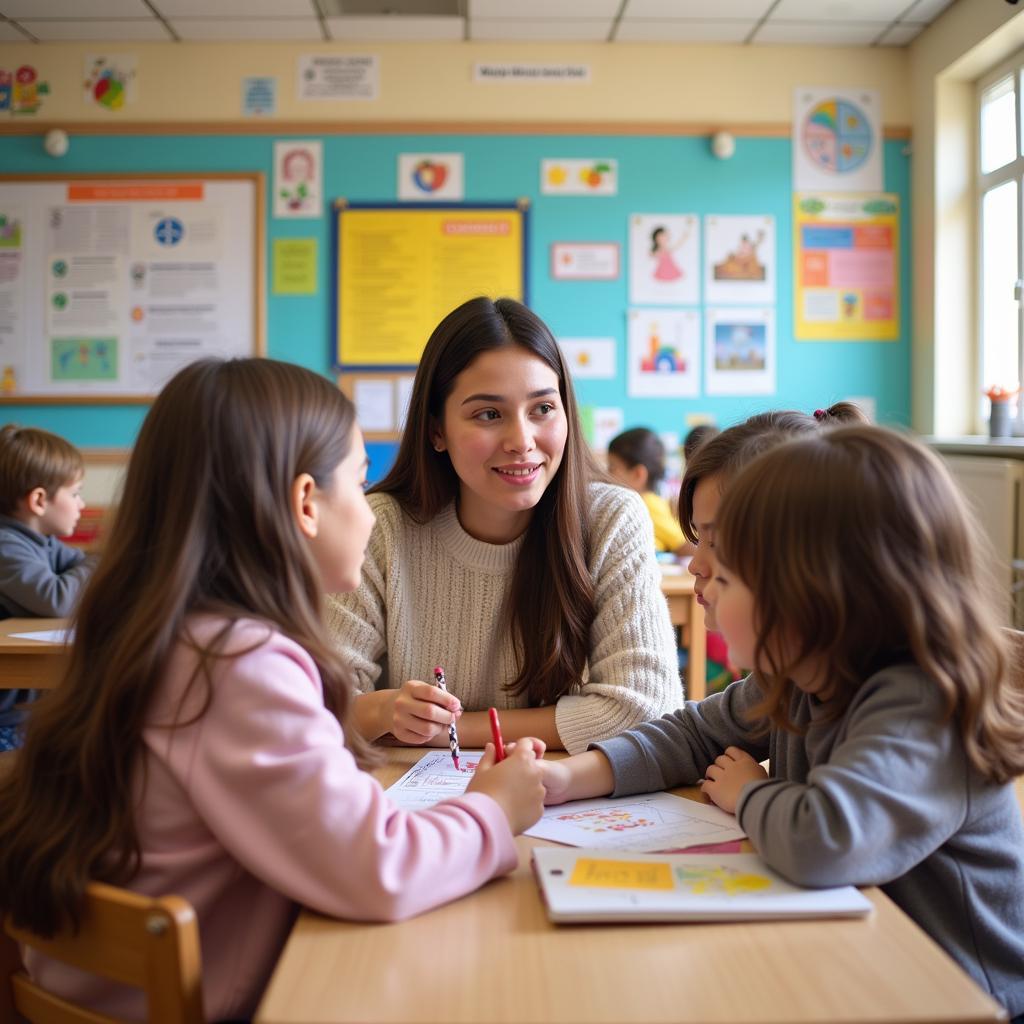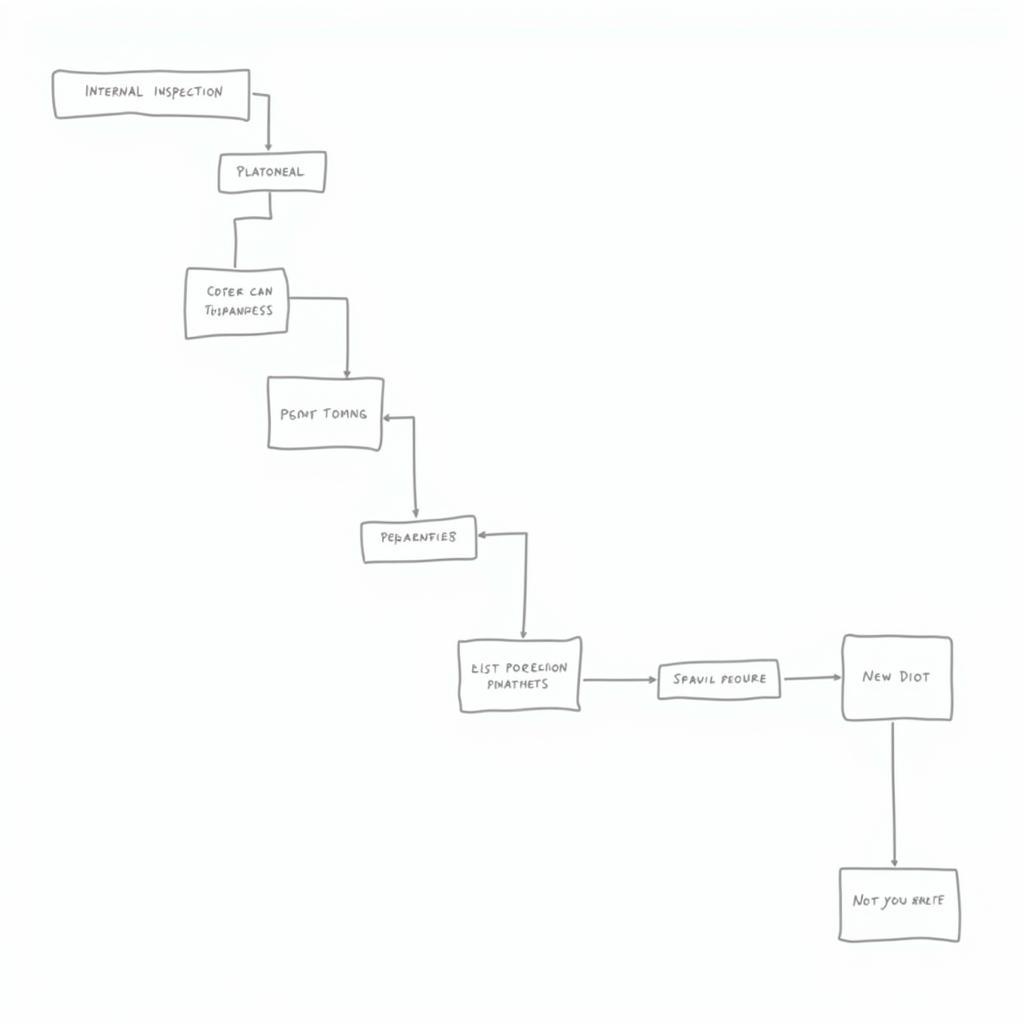“Bend the tree when it is young, teach the child when they are little.” The preschool internal inspection plan is the compass guiding a successful school year, helping our little ones develop comprehensively. The 2017-2018 school year has passed, but the lessons learned from that inspection plan are still valuable. So, what was special about the 2017-2018 preschool internal inspection plan? Let’s explore it with me, Ms. Mai Anh, who has over 12 years of experience in early childhood education.
The Significance of Preschool Internal Inspection Plans
Developing an internal inspection plan is not just an administrative procedure but also an essential process to ensure the quality of education. It helps schools accurately assess their operational status, thereby leveraging strengths and overcoming shortcomings. Ms. Lan Huong, a leading early childhood education expert in Hanoi, emphasized in her book “Improving the Quality of Early Childhood Education”: “Internal inspection is the golden key to unlocking the door to success in the noble cause of nurturing people.”
Objectives of Internal Inspection
Internal inspection aims to improve the quality of childcare and education, while ensuring a safe and healthy learning environment. It is also an opportunity for teachers to enhance their expertise and update advanced teaching methods. As Ms. Thu Ha, principal of Hoa Sen Preschool in Da Nang, said: “Internal inspection is not about fault-finding, but about progressing together.”
 Preschool internal inspection to improve education quality
Preschool internal inspection to improve education quality
Content of the 2017-2018 Preschool Internal Inspection Plan
Typically, the internal inspection plan includes main contents such as: inspection of records and books, childcare and nurturing activities, educational activities, facilities, health work, food hygiene and safety, and management work. Each content area will have specific criteria for evaluation. For example, when inspecting educational activities, the implementation of the preschool education program, teachers’ teaching methods, and children’s development will be considered.
Frequently Asked Questions About Internal Inspection Plans
- What is the frequency of internal inspections?
- Who will participate in the inspection team?
- How are the inspection results used?
- How to develop an effective internal inspection plan?
 Internal inspection process for preschools in the 2017-2018 school year
Internal inspection process for preschools in the 2017-2018 school year
Advice for Preschools
To ensure that the internal inspection plan is truly effective, preschools need to prepare thoroughly, implement it seriously, and make appropriate adjustments based on the inspection results. At the same time, it is necessary to create an open and transparent environment for everyone to contribute ideas and build an increasingly developed school.
Spirituality and Early Childhood Education
Our ancestors often said, “Every land has its local spirit, every river has its river spirit.” In early childhood education, the spiritual element also plays a certain role. Creating a peaceful and harmonious learning environment in terms of energy will help children feel more comfortable and secure.
In conclusion, the 2017-2018 preschool internal inspection plan is an important tool to improve the quality of education. Hopefully, this article has provided you with useful information. Please leave a comment and share this article if you find it helpful! You can also explore more articles about early childhood education on the “TUỔI THƠ” website. For any questions, please contact the phone number: 0372999999 or visit the address: 234 Hao Nam, Hanoi. We have a 24/7 customer care team.